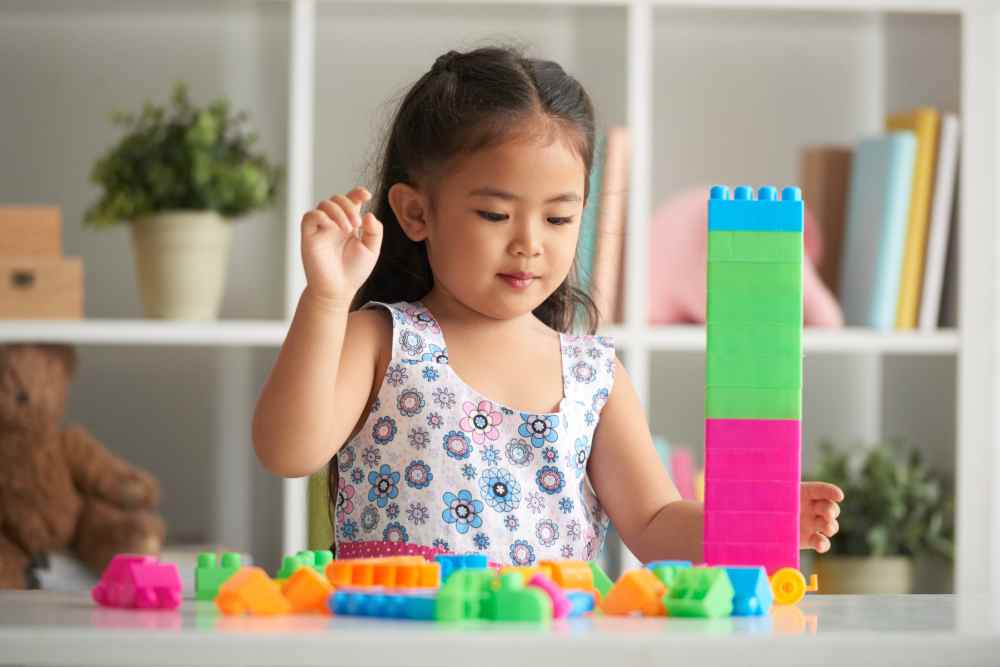Cultural influences play a profound role in shaping children’s eating habits, contributing to
their dietary preferences, attitudes toward food, and overall health.
From family traditions to societal norms, the cultural context in which children grow up
significantly impacts their relationship with food. Understanding these influences
empowers parents to navigate the delicate balance between preserving cultural heritage
and promoting healthy eating habits.
Cultural Influences on Children’s Eating Habits
Family Traditions:
Family meals often serve as a cornerstone of cultural identity, where recipes passed down
through generations create a sense of belonging and continuity.
Children learn about their cultural heritage through the foods they eat, fostering a
connection to their roots.
Social Environment:
Beyond the family, children are exposed to diverse cultural foods through social
interactions, such as celebrations, gatherings, and community events.
These experiences shape their culinary experiences and broaden their palate.
Media and Advertising:
Media portrayals of food, including advertisements and television shows, influence
children’s perceptions of what is desirable or acceptable to eat.
Cultural representations in media can both reinforce traditional foods and introduce new
culinary trends.
School and Peer Influence:
School environments and peer interactions also contribute to children’s dietary choices.
Exposure to classmates from different cultural backgrounds can spark curiosity and
encourage exploration of diverse cuisines.
Challenges and Opportunities
While cultural influences enrich children’s culinary experiences, they can also present
challenges to maintaining a balanced diet:
Nutritional Disparities:
Some traditional cultural foods may be high in calories, sugar, or saturated fats,
contributing to health issues like obesity and cardiovascular disease.
Resistance to Change:
Introducing unfamiliar foods or modifying traditional recipes may be met with resistance
from children accustomed to familiar flavors and textures.
Time Constraints:
Busy lifestyles and work demands may limit the time parents have to prepare homemade
cultural meals, leading to reliance on convenient but less nutritious options.
Integrating Cultural Foods with Healthy Eating
Parents can take proactive steps to integrate cultural foods into their children’s diets while
promoting nutritional balance and wellness:
Education and Awareness:
Teach children about the cultural significance of traditional foods, emphasizing the stories
behind recipes and the importance of culinary heritage.
Adaptation and Modification:
Modify traditional recipes to incorporate healthier ingredients or cooking methods, such as
using lean meats, whole grains, and reducing added sugars and salt.
Balanced Meal Planning:
Create balanced meals that combine cultural staples with a variety of fruits, vegetables,
and lean proteins to ensure nutritional adequacy.
Hands-On Involvement:
Involve children in meal preparation and grocery shopping to foster a sense of ownership
and adventure in exploring new foods.
Cultural Exchange:
Encourage cultural exchange by introducing children to foods from diverse cultures,
fostering an appreciation for culinary diversity and promoting tolerance and understanding.
Conclusion
Cultural influences profoundly impact children’s eating habits, shaping their food
preferences, and dietary behaviors.
By embracing cultural foods while prioritizing nutritional balance, parents can instill in their
children a rich appreciation for culinary diversity while promoting lifelong habits of health
and wellness.
Through mindful guidance and creative adaptation, families can savor the flavors of their
heritage while nourishing both body and soul.











